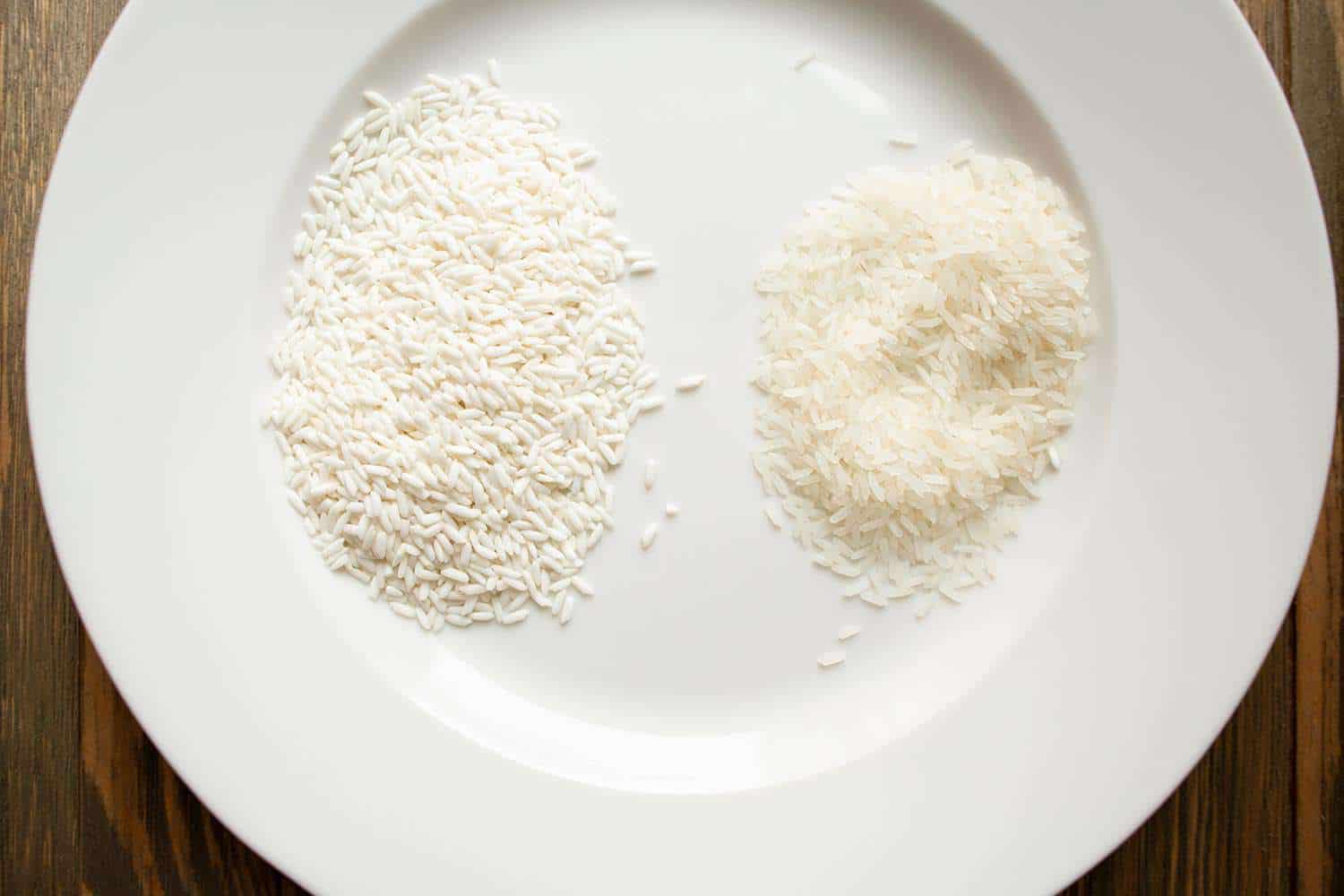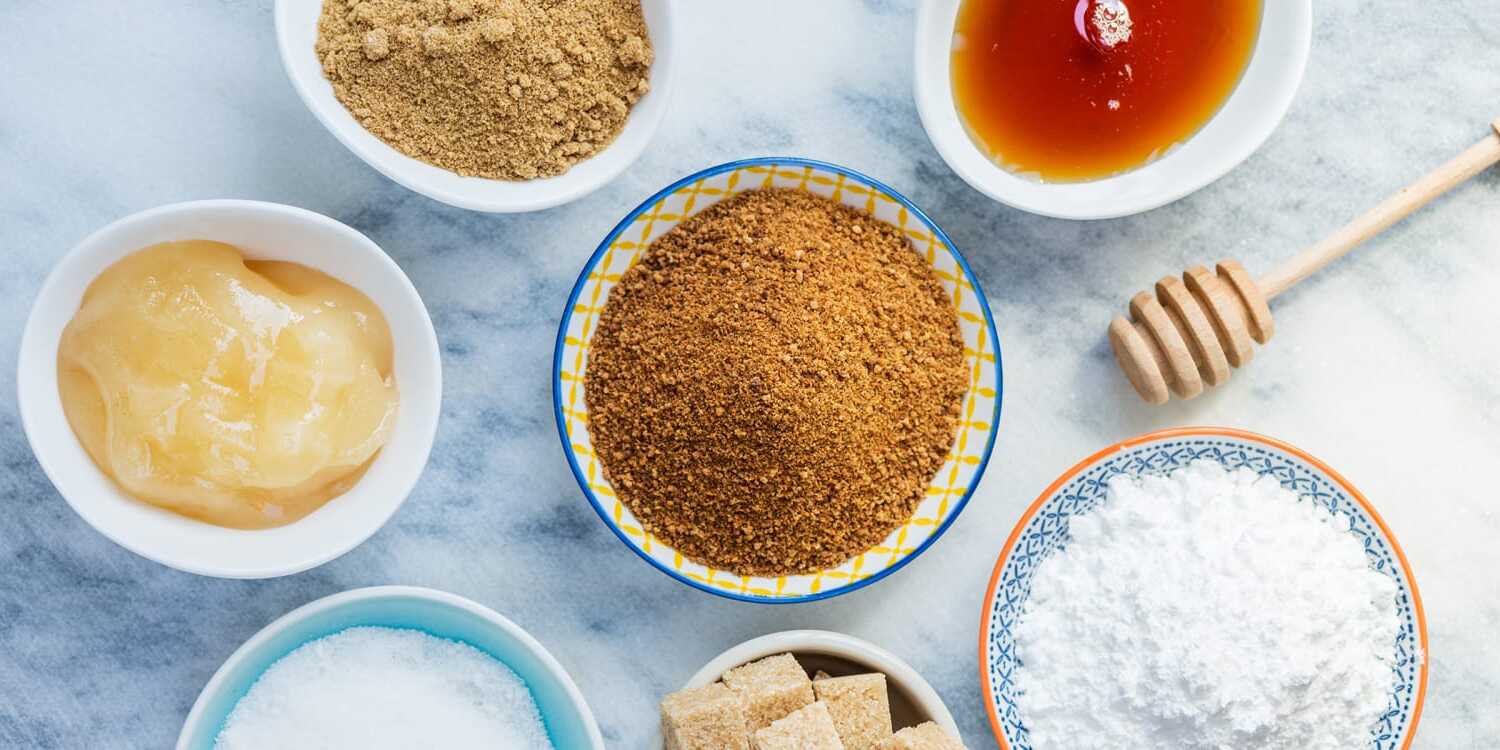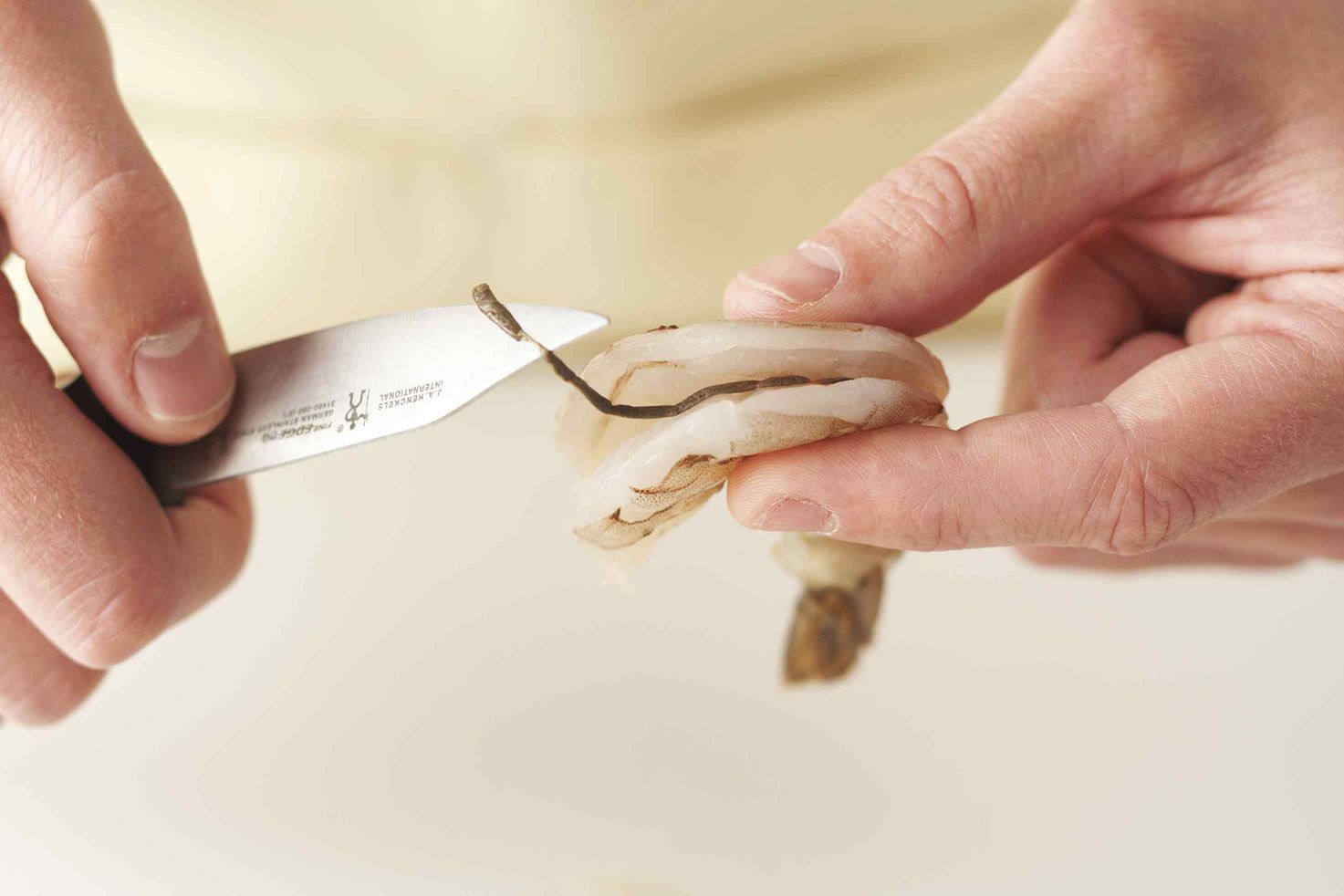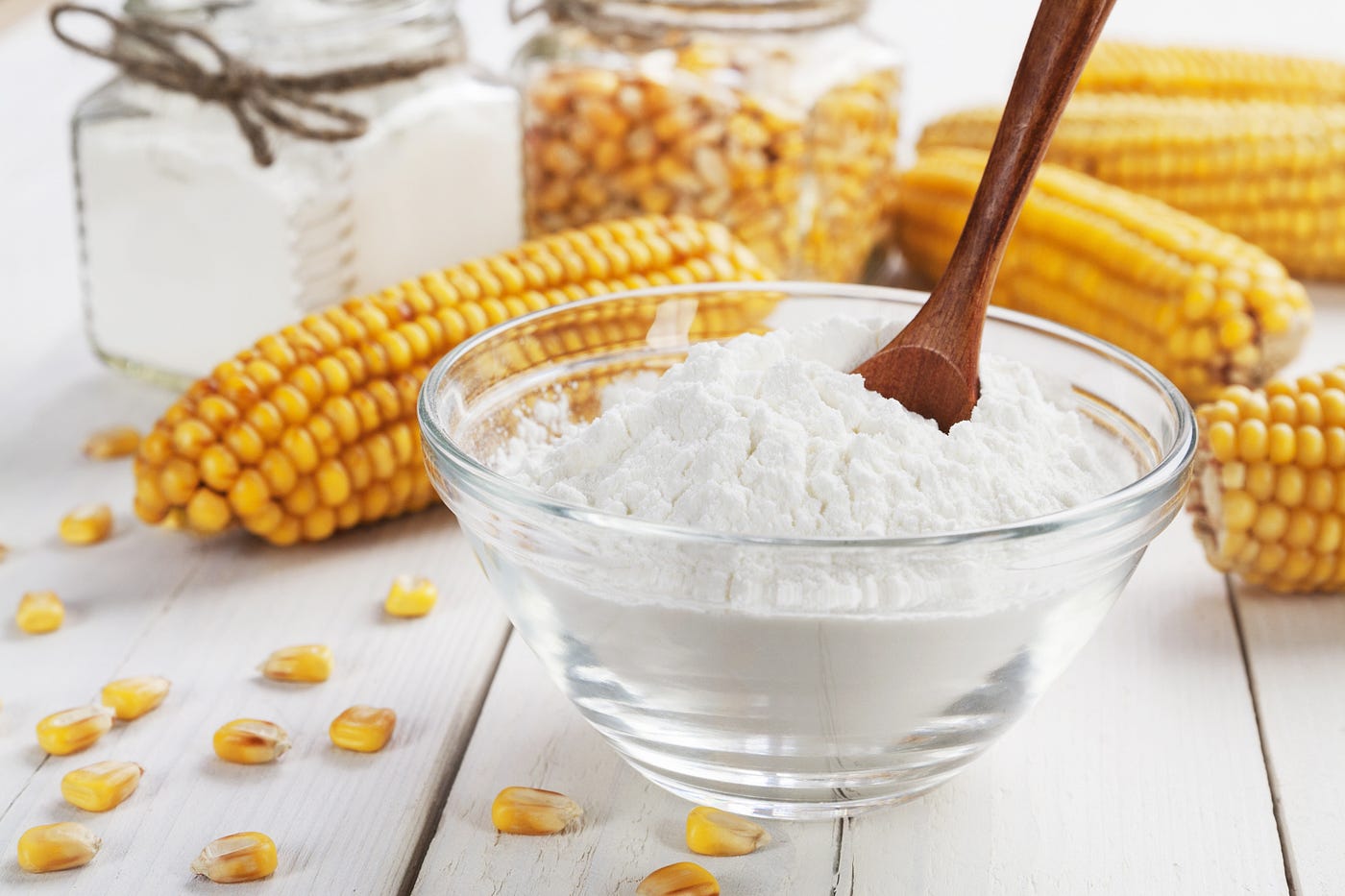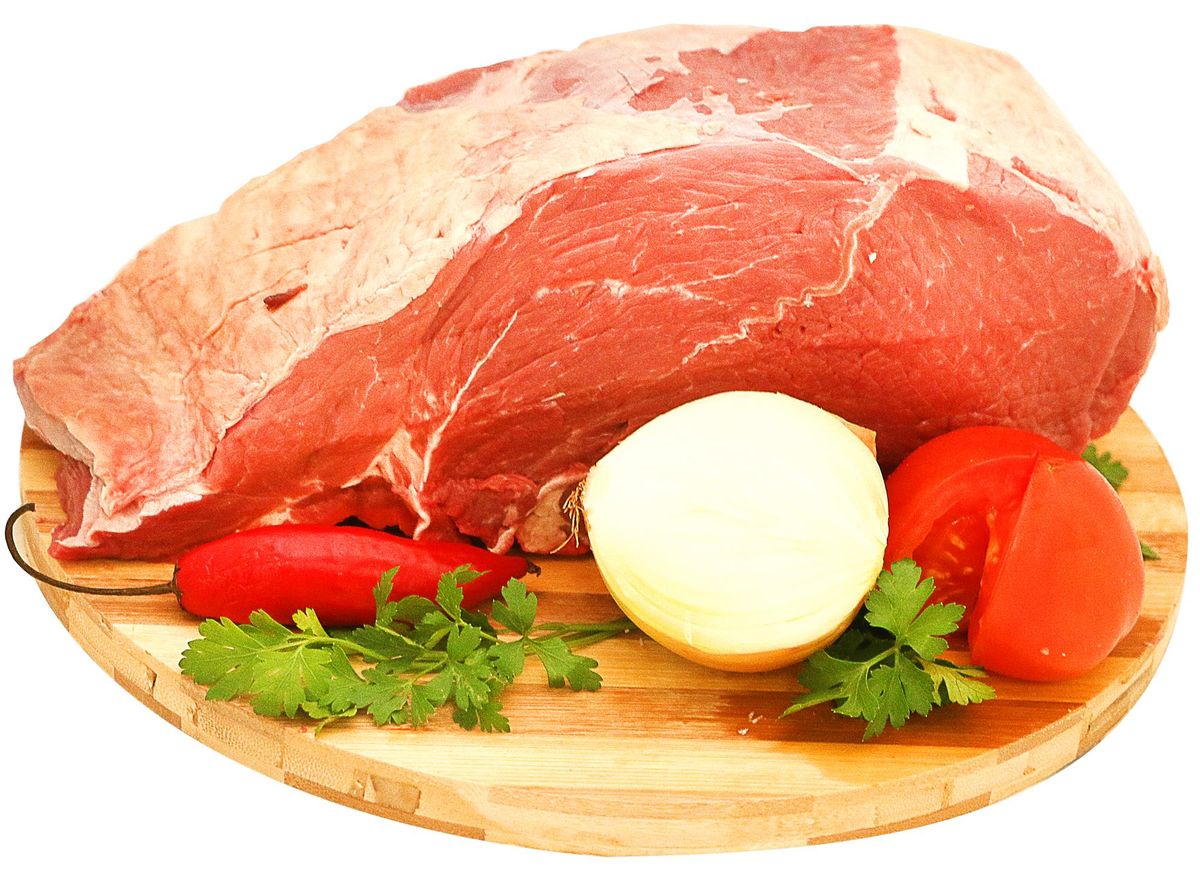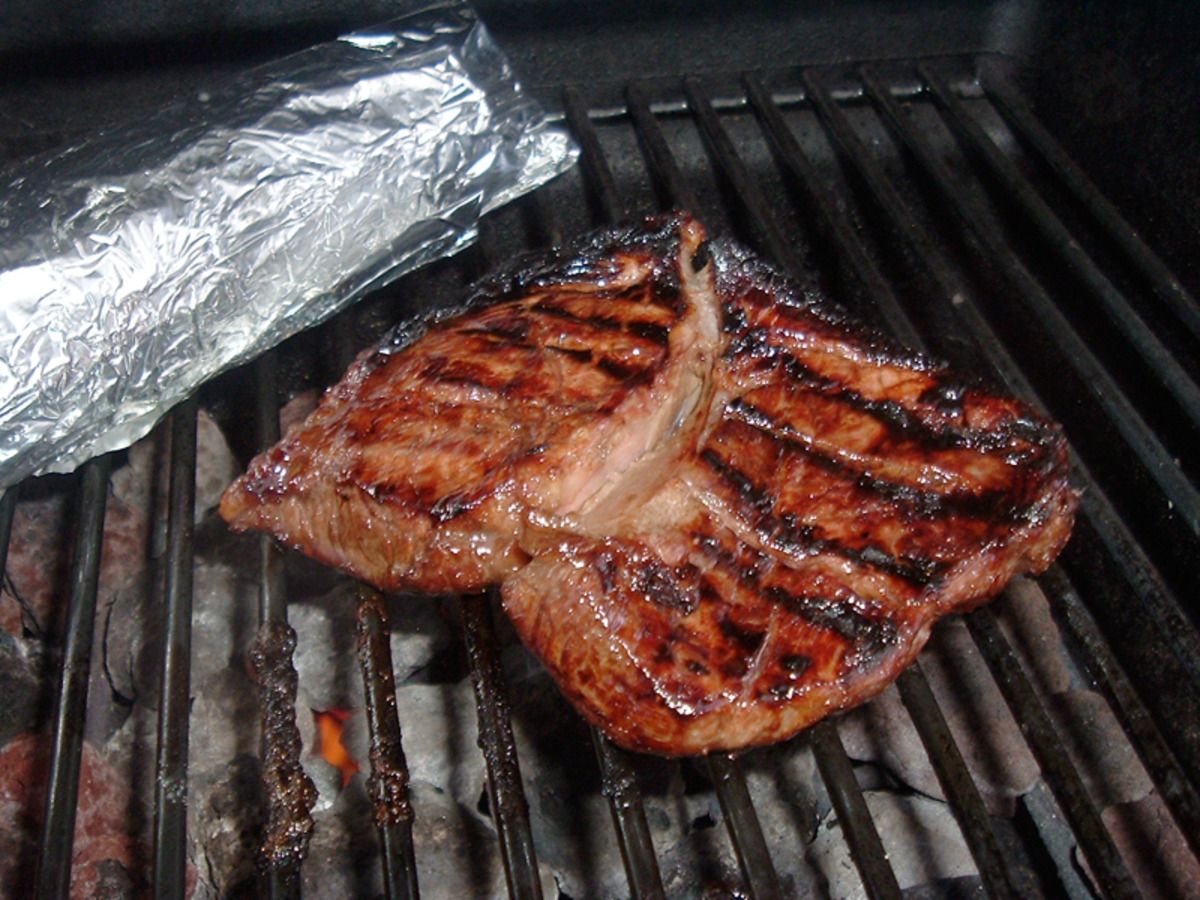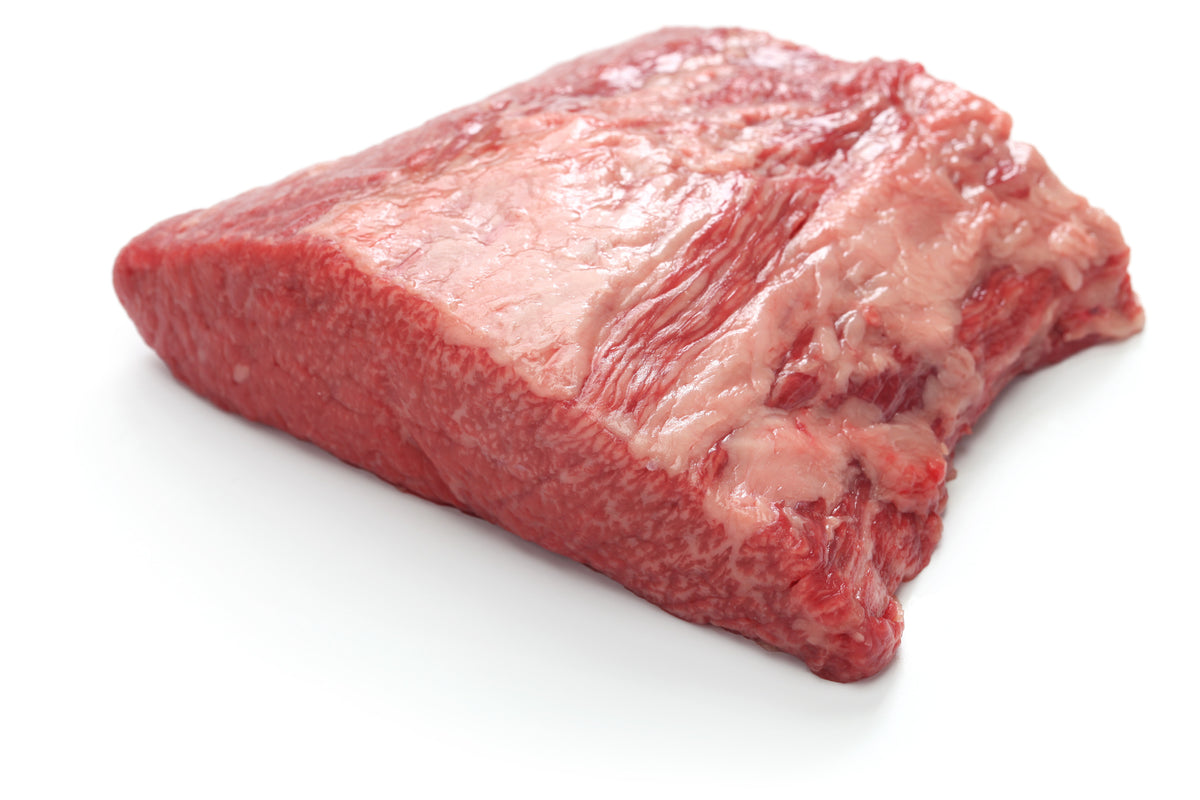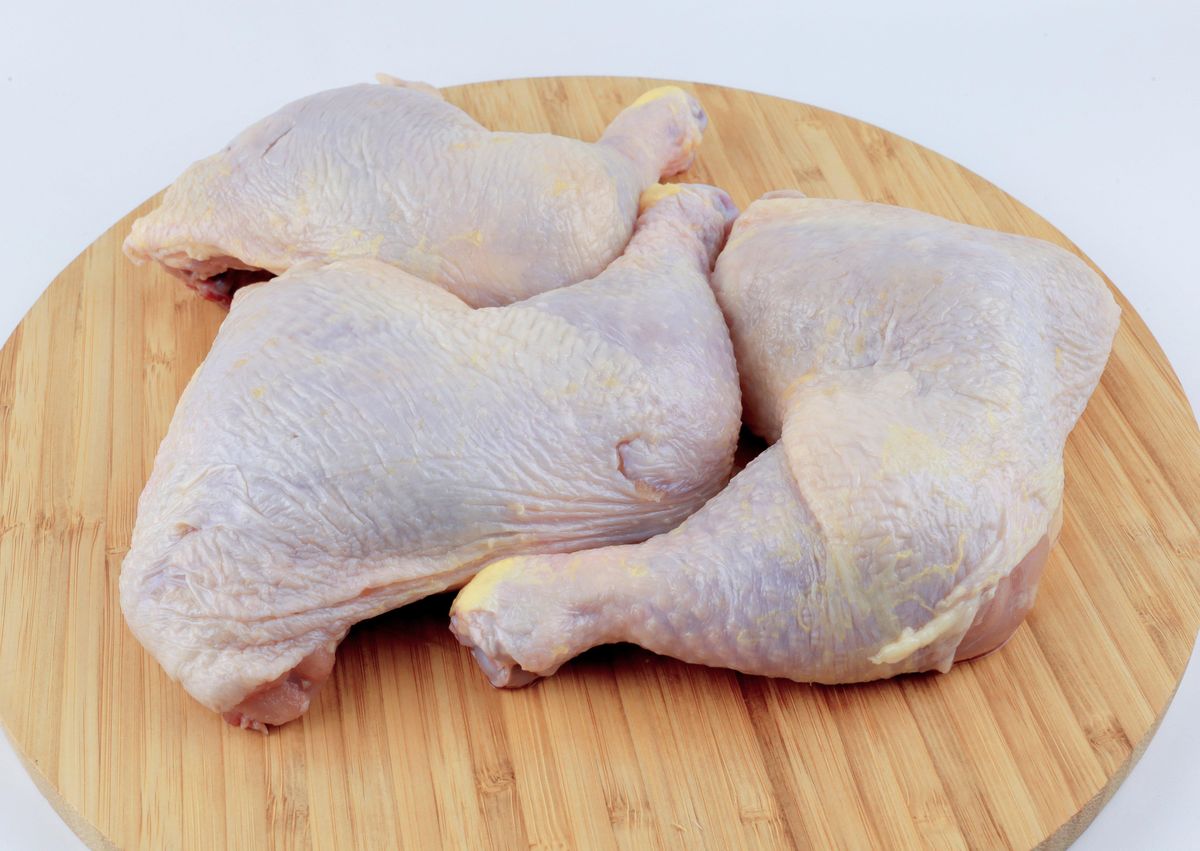Discovering Acheké: A Delicious West African Staple
Have you ever heard of Acheké? If not, you’re in for a treat! Acheké, also known as attiéké, is a popular West African dish made from fermented cassava. This flavorful and versatile staple is a beloved part of the cuisine in countries such as Ivory Coast, Togo, and Benin. Let’s delve into the world of Acheké and uncover what makes it so special.
The Origin of Acheké
Acheké has its roots in the Ivory Coast, where it is considered a national dish. The process of making Acheké involves fermenting grated cassava, which gives it a unique tangy flavor and fluffy texture. This traditional method of preparation has been passed down through generations, making Acheké a cherished part of West African culinary heritage.
How is Acheké Prepared?
The preparation of Acheké begins with cassava, a starchy tuber that is a dietary staple in many parts of Africa. The cassava is peeled, grated, and then left to ferment for a few days. Once the fermentation process is complete, the cassava is steamed, resulting in light, fluffy grains that resemble couscous in appearance.
One of the great things about Acheké is its versatility. It can be enjoyed as a side dish alongside grilled fish or meat, or it can be the star of the show when paired with a flavorful sauce or stew. Its mild, slightly sour taste makes it a perfect accompaniment to a wide variety of dishes.
The Nutritional Benefits of Acheké
Acheké is not only delicious but also nutritious. Cassava is a good source of carbohydrates, fiber, and essential minerals. It is naturally gluten-free, making it suitable for those with gluten sensitivities or celiac disease. Additionally, the fermentation process can enhance the nutritional value of the cassava, making it easier for the body to digest and absorb the nutrients.
Ways to Enjoy Acheké
There are countless ways to enjoy Acheké, whether you’re a fan of savory or sweet flavors. Here are some popular serving suggestions:
- Pair it with grilled fish or chicken for a satisfying and balanced meal.
- Top it with a rich and flavorful tomato and onion sauce for a taste of West African cuisine.
- Enjoy it alongside a hearty stew, allowing the fluffy texture to soak up the delicious flavors.
- For a sweet twist, mix Acheké with coconut milk and a touch of sugar for a delightful dessert.
Bringing Acheké to Your Table
If you’re eager to experience the unique flavors of Acheké, you may be able to find it at West African restaurants or specialty grocery stores. Alternatively, you can try making it at home using grated cassava, which is often available in the freezer section of international markets. With a bit of patience and the right ingredients, you can savor the taste of this beloved West African staple in the comfort of your own kitchen.
In Conclusion
Acheké is a delightful and versatile dish that holds a special place in West African cuisine. Its distinctive flavor, fluffy texture, and nutritional benefits make it a standout addition to any meal. Whether you’re a fan of international cuisine or simply looking to expand your culinary horizons, Acheké is definitely worth a try. So, why not embark on a flavorful journey and savor the taste of Acheké for yourself?
Was this page helpful?
Read Next: What Is Braising?
